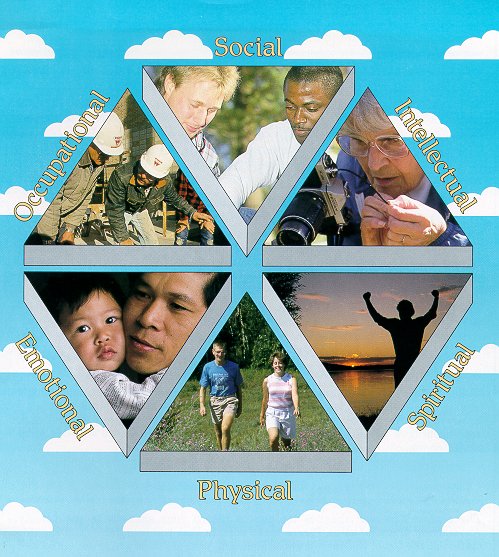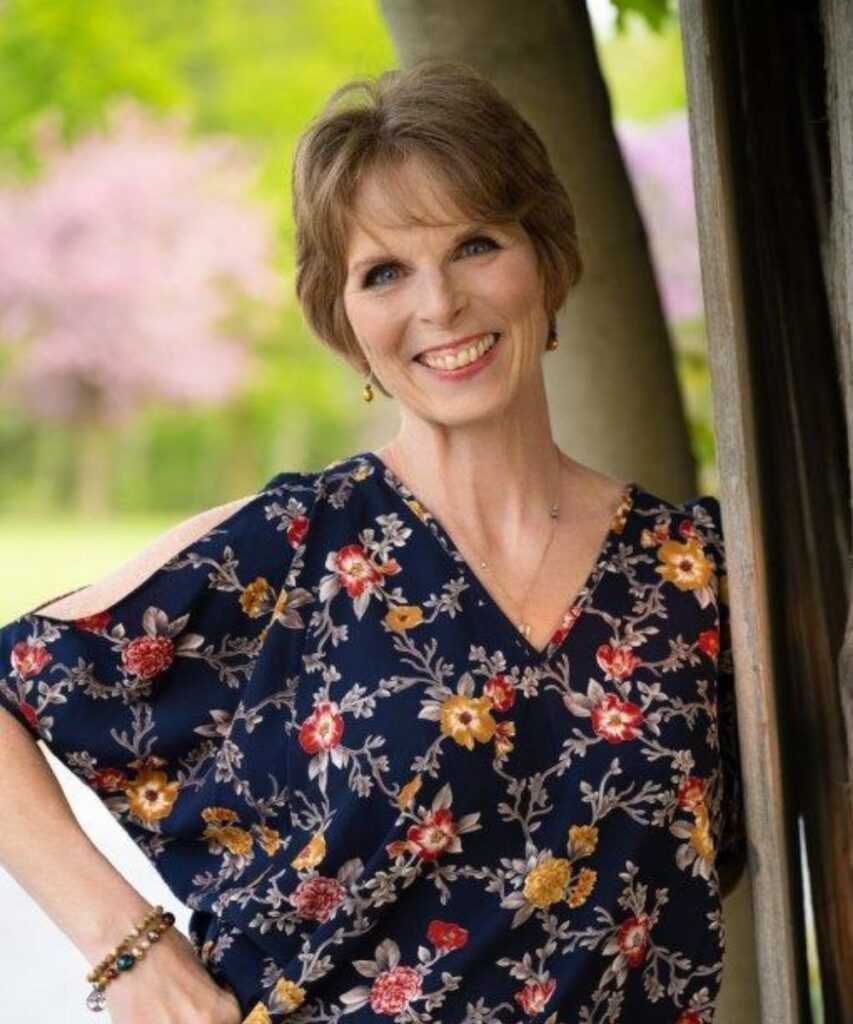 I was speaking at a Women’s Conference last week about Work/Life Balance and one of the points that was raised more than once was, “I know what I should be doing, it’s just that I don’t do it! Which is then followed by reasons such as life is too busy, I don’t know where to find the time or I just don’t know WHY I don’t do it! So how then do we live the tenets of wellness?
I was speaking at a Women’s Conference last week about Work/Life Balance and one of the points that was raised more than once was, “I know what I should be doing, it’s just that I don’t do it! Which is then followed by reasons such as life is too busy, I don’t know where to find the time or I just don’t know WHY I don’t do it! So how then do we live the tenets of wellness?
Right on queue, the universe provided a perfect resource to give some advice for those us who know what to do and don’t do it consistently. I was at my chiropractor’s office where I really enjoy reading a magazine they distribute called “Pathways to Family Wellness”, and this perfect article was in the current issue. So, I am going to interrupt the planned part 2 of my last blog and insert this timely article. Please watch for the part 2 to Heart Intelligence for next time. Here is the first section of the article followed by a link to read the full article if you are interested.
by Michael Arloski, PhD
Wellness always seems to be working toward answering one critical question: Why don’t people do what they know they need to do for themselves? Providing people with good information about physical fitness, stress management, nutrition, etc., is important, but insufficient. A lack of information isn’t the problem. With the amount of media attention given to health and well-being, it is hard to believe that most people don’t already know more than enough to live very well lives. Articles on cholesterol, healthy relation- ships, exercise and smoking cessation abound. But where is the motivation to change and what is blocking it?
Whether we are looking at our individual health, or wellness programming for a small or large organization, there seem to be certain factors that have emerged in the decades that the wellness movement could call itself a field of study. Let me share some informal suggestions or tenets that, after many years in the “wellness biz,” it all comes down to for me.
1) Wellness is a holistic concept. Anything short of that is incomplete and ultimately ineffective. We need to look at the whole person and program for the mind, body, spirit and environment. Just picking the dimension of wellness that you like and minimizing the others doesn’t work in the long run.
* Imagine each dimension of wellness in your life like a spoke on a wheel. Draw a picture of your wellness wheel, extending your physical fitness spoke, your spiritual development spoke, your nutrition spoke, etc., out as far as you feel you have developed it, and practice what you preach. Do you have a wheel that rolls reasonably well? Where do you need to put your energy into learning more and practicing more?
2) Self-esteem is the critical factor in change. Wellness is caring enough about yourself to take stock of your life, make the necessary changes and find the support to maintain your motivation. Heal the wounds. Find what is holding you back from feeling good about yourself and work through the blocks, not around them.
As psychiatrist Jerry Jampolsky says, everything we do comes either from love or from fear. Where do your wellness lifestyle efforts come from? For many of us, change requires the hard, roll-up-the-sleeves work of facing our fears and healing old wounds received during our experience growing up in our families of origin and from our peer groups and communities. Positive affirmations, or self-statements, are excellent, but need to be coupled with this type of lifelong self-reflective work.
* Identify one negative message you frequently say to yourself (“You’re so stupid!” “You’ll never amount to anything,” etc.). Relax for a minute or two with your eyes closed. Think of the negative message, and say out loud in a shout, “Who says?” Notice who flashes into your mind: a parent, a teacher, a one-time peer? See with whom you have some unfinished business to deal with.
3) The people with whom we surround ourselves either help us stretch our wings and soar, or clip them again and again. Positive peer health norms encourage wellness lifestyle changes. Mutually beneficial relationships with friends, lovers, family members and colleagues who care about us as people are what we need to seek and create in our lives. Rather than being threatened by our personal growth, they support it. Do your friends, partners, etc., bring out your OK or not-OK feelings? Giving and receiving strokes are what it’s all about. Friends keep friends well.
* List who has joined your inner circle of supportive friends in the last ten years. Give thanks—or grieve, and get busy making new friends!

To read tips 4 -10, go to the link below.
This article appeared in Pathways to Family Wellness magazine, Issue #30.
View Author Bio
To purchase this issue, Order Here.
I am always interested in your feedback or ideas, please leave a comment below. Don’t forget to leave a link back to your own blog as well if you have one via the commentluv feature here on the site.
Until next time – Be Well!
Karen

Reiki Master, Biophoton Light Therapist and Enneagram coach, Karen Armstrong has a valuable set of resources to support people on their journey to better understanding themselves and the messages of the mind, body and soul.